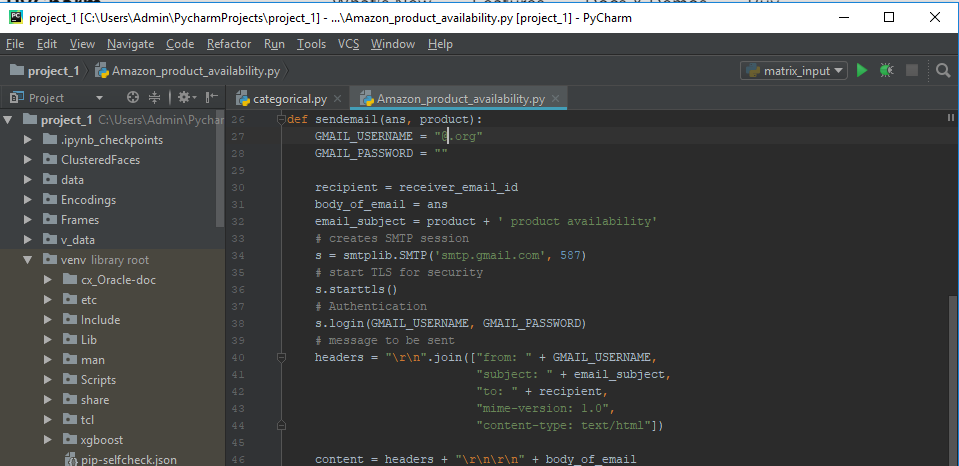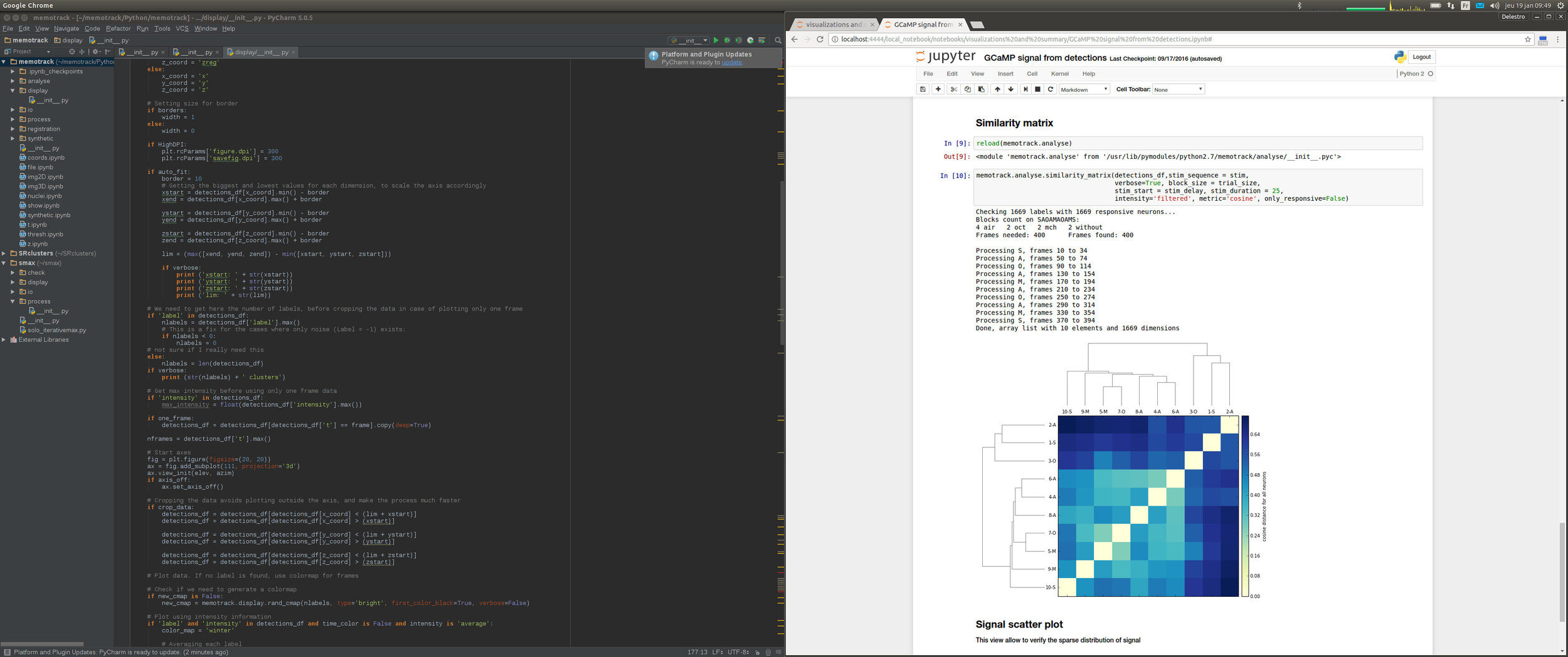


#Pycharm jupyterlab code
With Jupyter Notebook, users can bring in data, code and prose in together to create an interactive computational story. The notebook is considered as a multi-language interactive computing environment, which supports 40+ programming languages to its users. What Is A Jupyter Notebook?Īn indirect acronym of three languages - Julia, Python and R - Jupyter Notebook is a client-based interactive web application that allows users to create and share codes, equations, visualisations, as well as text. So before we delve deeper into the features and advantages of Jupyter, and why it is considered to be the best platform for data scientists, we would discuss what a Jupyter Notebook is.

According to an analysis by GitHub, it has been counted that more than 2.5 million public Jupyter notebooks were shared in September 2018, which is up by 200,000 counted in 2015. Jupyter Notebook has also gained massive traction within digital humanities as a pedagogical tool. This nifty tool supports multi-language programming and therefore became the de facto choice for data scientists for practising and sharing various codes, quick prototyping, and exploratory analysis.Īlthough there is no dearth of language-specific IDEs (Integrated Development Environments), such as P圜harm, Spyder, or Atom, because of its flexibility and interactiveness, Jupyter has exploded in popularity among data scientists. Computational notebooks have been around for several years however, Jupyter, in particular, has exploded in popularity over the past couple of years. By definition, Jupyter is a free, open-source interactive web-based computational notebook. Note: action='once' might not work in some cases.Born out of IPython in 2014, Jupyter Notebook has seen an enthusiastic adoption among the data science community, to an extent where it has become a default environment for research. If you like to see the warnings just once then use: import warnings This will hide all Jupyter Notebook warnings. It has two useful options: import warnings To stop warnings for the whole Notebook you can use the method filterwarnings. Method 3: Turn off warnings completely for the Notebook The explanation is available on this link: Cell magics %%capture There are other useful option for this function like: If you like to hide warnings only for a single cell and yet display output in JupyterLab then you can use %%capture -no-display. Method 2: Turn off warnings for a single cell The code below will not produce warning message: import warnings 1.2 Using warnings.simplefilter('once')Īnother option is to use warnings.simplefilter('ignore') in order to suppress warnings. With warnings.catch_warnings(record=True):Īdding context warnings.catch_warnings(record=True): will hide all warnings in the scope. This can be done by adding next code: import warnings
#Pycharm jupyterlab how to
Method 1: Suppress warnings for a code statement 1.1 warnings.catch_warnings(record=True)įirst we will show how to hide warnings messages for a single cell in a Jupyter Notebook. This will generate warning like: :1: SettingWithCopyWarning:Ī value is trying to be set on a copy of a slice from a DataFrame. In order to demo the solution we would use the next code example: import pandas as pdĭf = pd.DataFrame(np.random.choice(10, (3, 5)), columns=list('ABCDE')) JupyterLab warnings can be extremely useful and prevent unexpected behaviour.īut there are some cases when you would like to turn them off completely or for a given cell.

This article explains how to turn off warnings in JupyterLab and Jupyter Notebook.


 0 kommentar(er)
0 kommentar(er)
